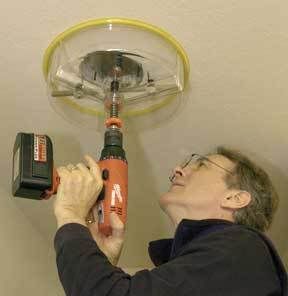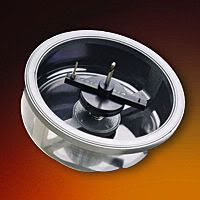Brady Electric
Senior Member
- Location
- Asheville, N. C.
lod work recessed lights
lod work recessed lights
I also install recess lights like Bikelndy and Marcerrin, I have been installing recessed lights like this since 1973 and never hit anything. You can drill slow and feel before you drill by tapping the bit in the joist and know you are hitting only wood and by not drilling through the joist to far just stop when the bit goes through. If you are careful you can feel what you are drilling and stop before damage. If you have ever ran a backhoe you can feel even the smallest pebble with the bucket. I have ran the bucket across electric lines and water lines clearing dirt without ever damaging either. Nothing like experence and time in your trade for becoming good at what you do. Everyone has there on way and all jobs are different. I have also had to cut sheetrock between joist in some cases. Good to see everyones way of doing work, all are correct just different. Good Luck out there. Semper Fi. Buddy
lod work recessed lights
I also install recess lights like Bikelndy and Marcerrin, I have been installing recessed lights like this since 1973 and never hit anything. You can drill slow and feel before you drill by tapping the bit in the joist and know you are hitting only wood and by not drilling through the joist to far just stop when the bit goes through. If you are careful you can feel what you are drilling and stop before damage. If you have ever ran a backhoe you can feel even the smallest pebble with the bucket. I have ran the bucket across electric lines and water lines clearing dirt without ever damaging either. Nothing like experence and time in your trade for becoming good at what you do. Everyone has there on way and all jobs are different. I have also had to cut sheetrock between joist in some cases. Good to see everyones way of doing work, all are correct just different. Good Luck out there. Semper Fi. Buddy



